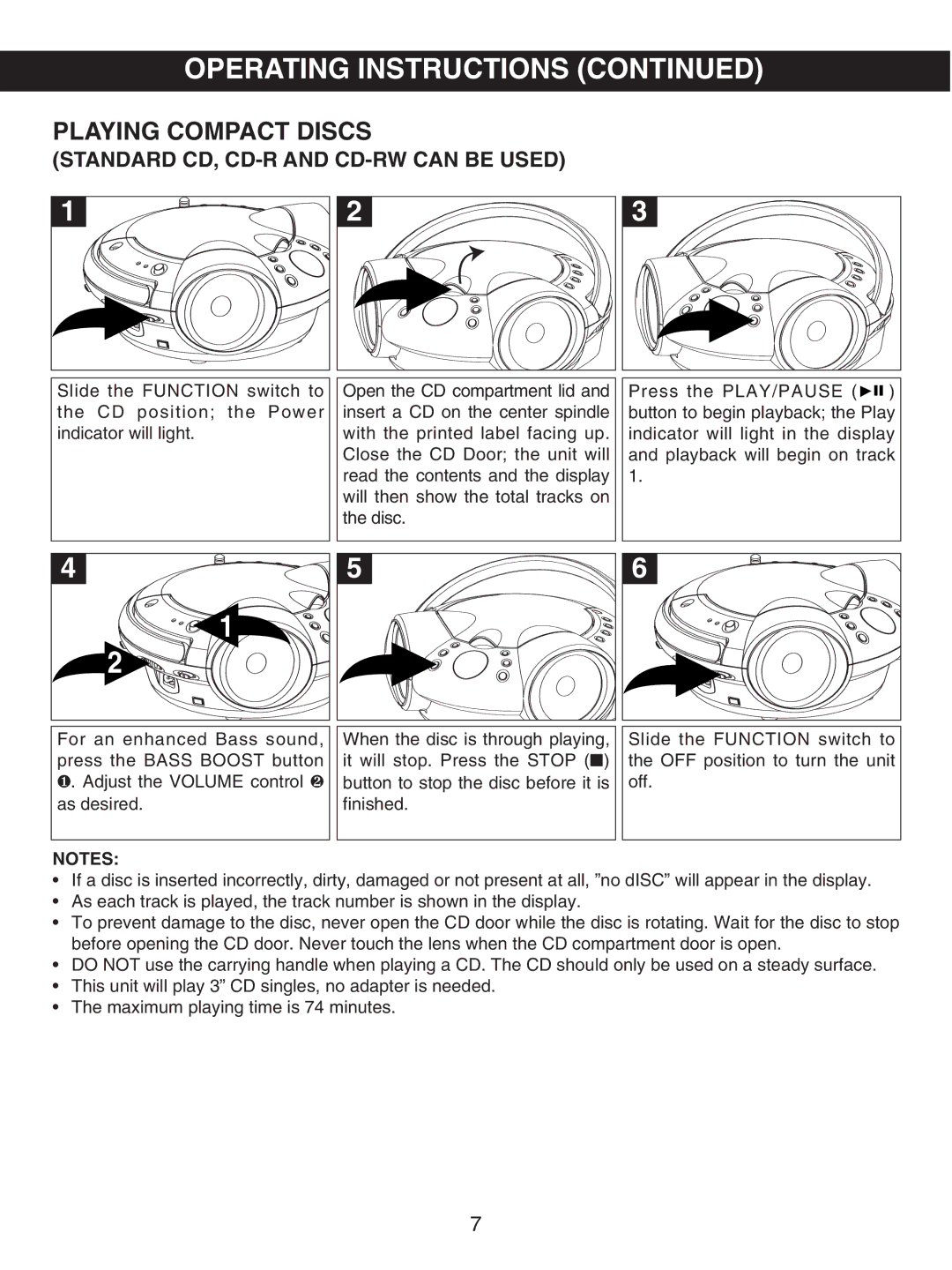SB230, SB231 specifications
The Emerson SB231 and SB230 are advanced smart building controllers designed for efficient management of HVAC systems in commercial environments. These controllers are engineered to optimize energy consumption while ensuring enhanced comfort levels for occupants. Both models are equipped with cutting-edge technologies that make them suitable for a variety of applications, ranging from small commercial spaces to large buildings.One of the primary features of the Emerson SB231 and SB230 is their compatibility with various HVAC systems. They support diverse control strategies, enabling seamless integration with existing equipment. This flexibility allows facility managers to implement sophisticated control schemes without overhauling their entire HVAC infrastructure, resulting in significant cost savings.
A standout characteristic of both models is their advanced sensor technology. These controllers include options for temperature, humidity, and occupancy sensors that ensure accurate environmental monitoring. The data collected by these sensors is utilized to make real-time adjustments to the HVAC systems, ultimately enhancing energy efficiency and occupant comfort. Furthermore, this monitoring capability aids in predictive maintenance, allowing issues to be identified and resolved before they escalate into major problems.
In terms of user interface, the SB231 and SB230 feature intuitive touch-screen displays that simplify the user experience. Building managers can easily navigate through settings, access detailed analytics, and customize HVAC configurations. The user-friendly interface is designed to reduce the learning curve, enabling facility operators to manage systems efficiently with minimal training.
Both models are also equipped with advanced communication protocols, facilitating integration with building management systems (BMS) and various IoT devices. This connectivity allows for centralized monitoring and control, enabling real-time data analytics that provide valuable insights into energy consumption trends and system performance.
Energy management is further enhanced through built-in algorithms that optimize system performance based on occupancy patterns and external environmental conditions. By leveraging machine learning and data analytics, the SB231 and SB230 can autonomously adjust settings to further reduce energy usage without sacrificing comfort.
In summary, the Emerson SB231 and SB230 controllers are at the forefront of HVAC management technology, offering robust features including compatibility with multiple systems, advanced sensor technologies, intuitive user interfaces, and superior energy management capabilities. Their design emphasizes operational flexibility, enabling businesses to effectively manage their heating and cooling needs while promoting sustainability and energy efficiency.

